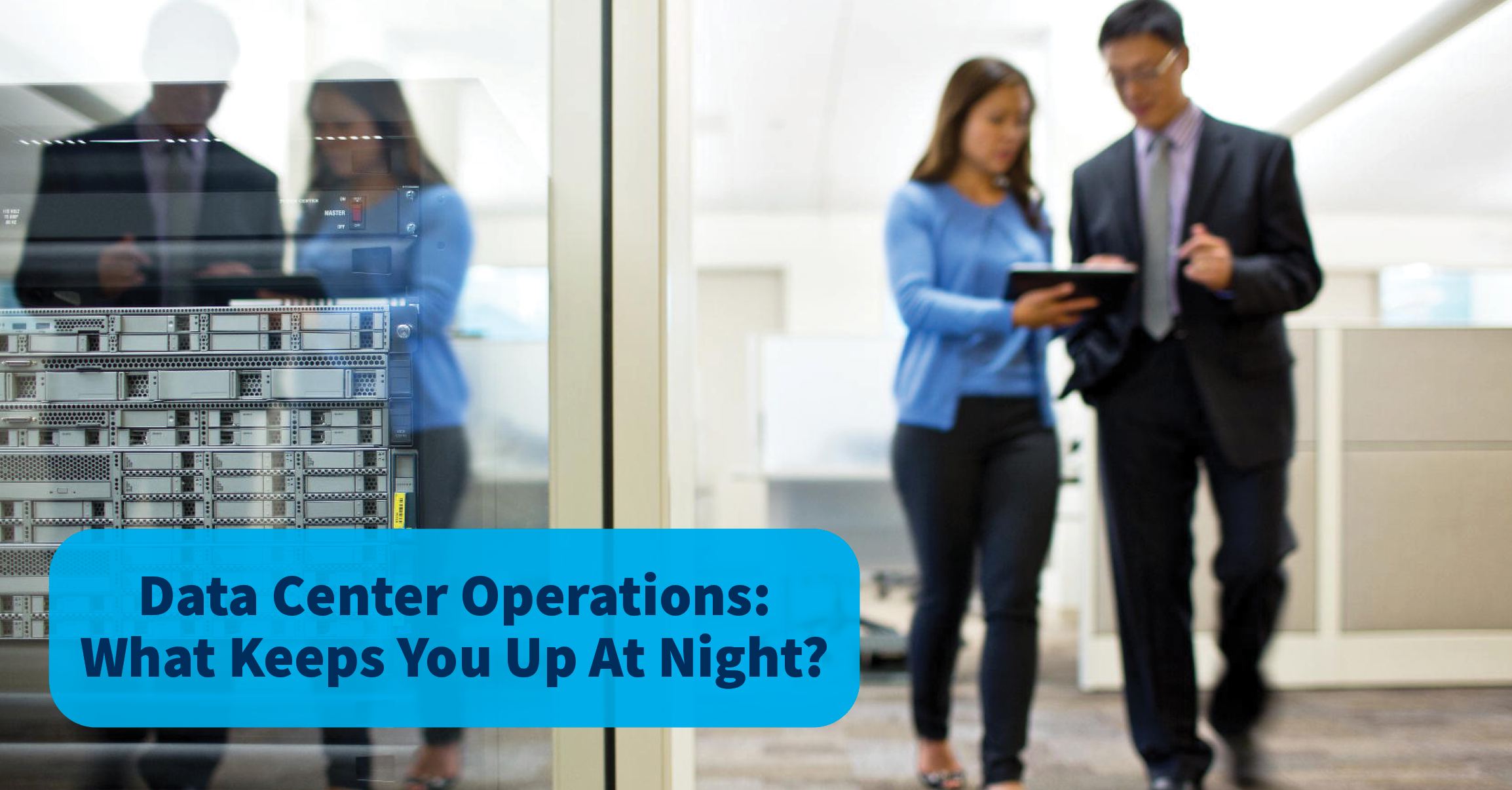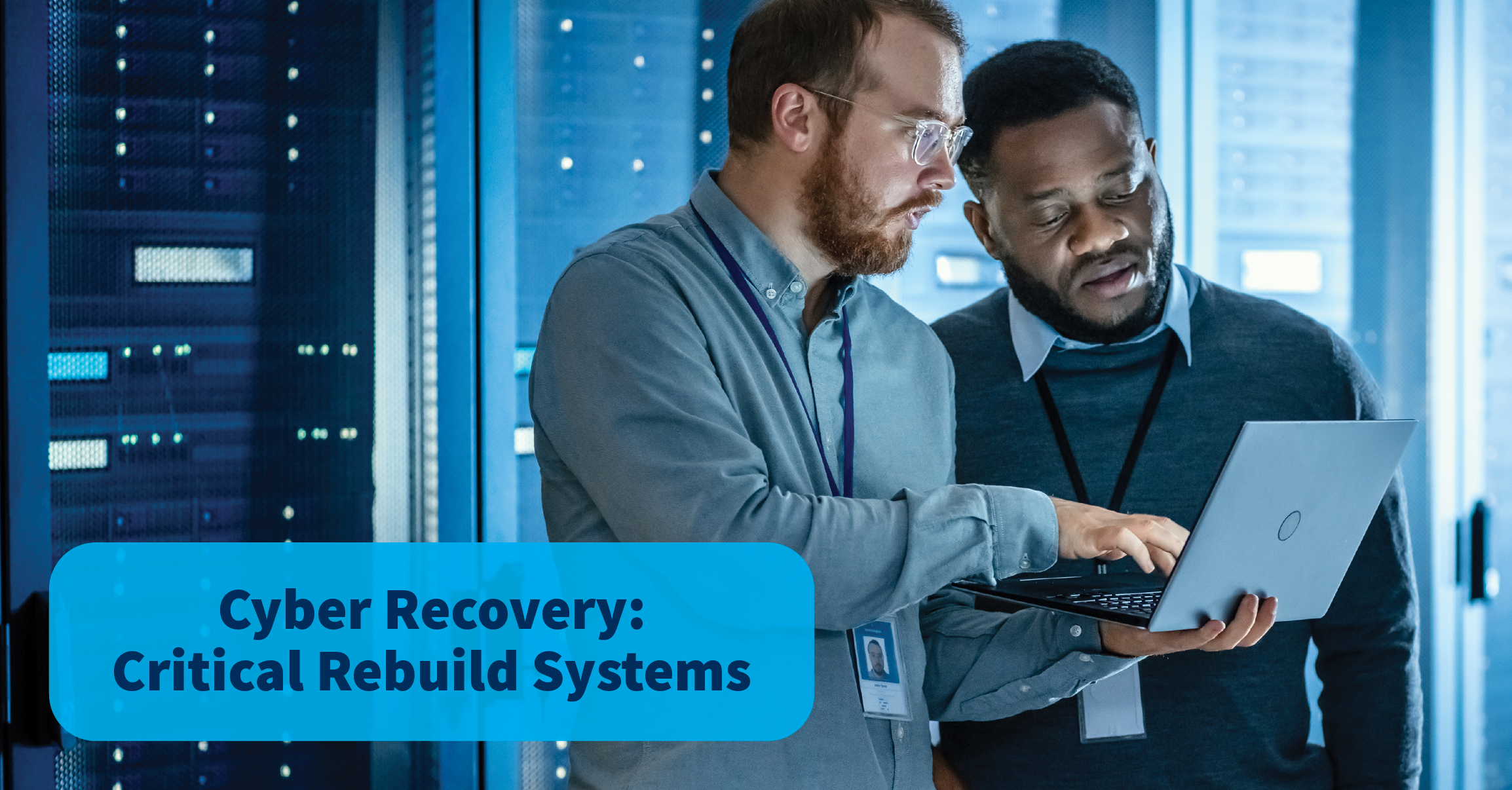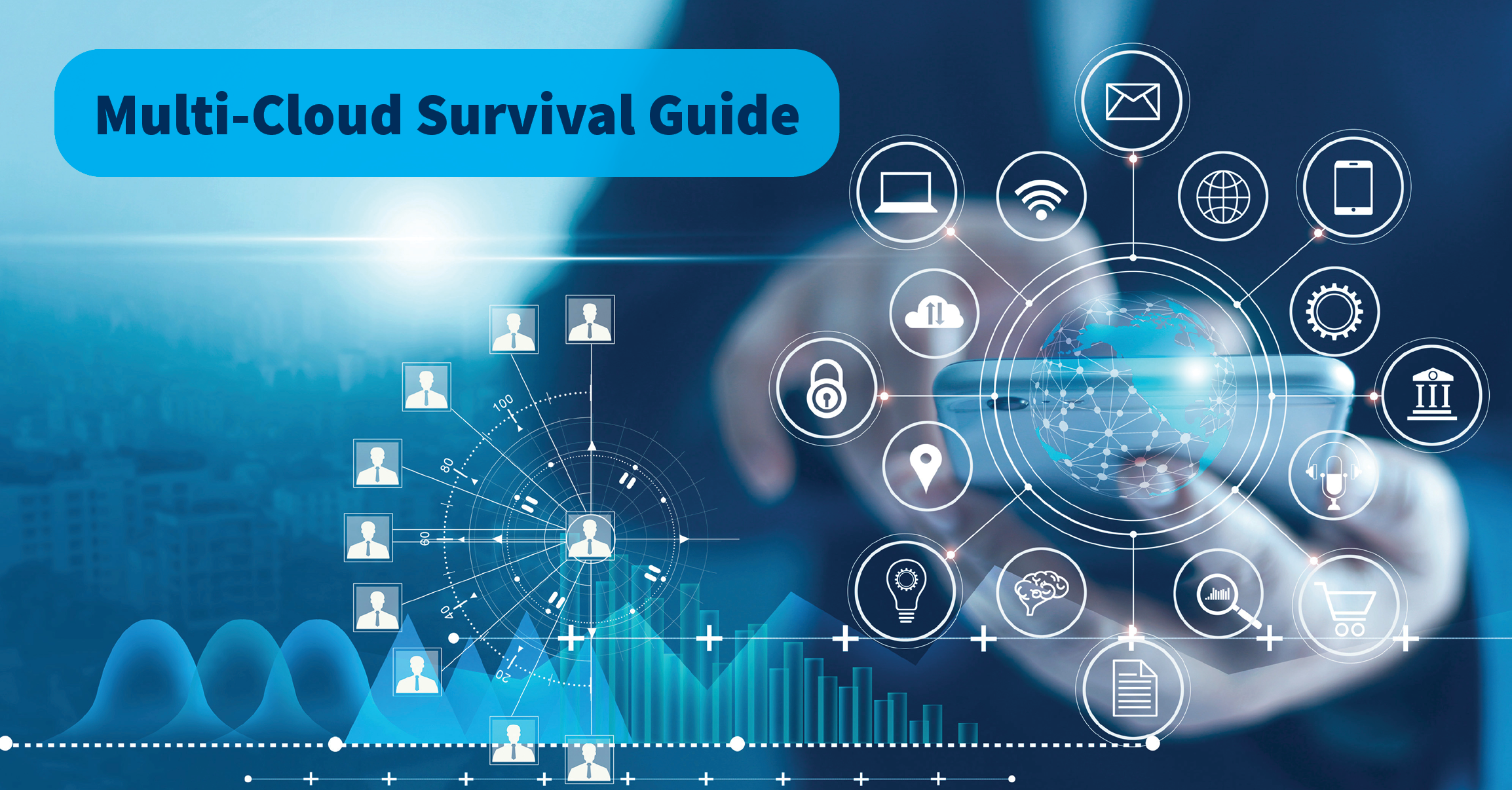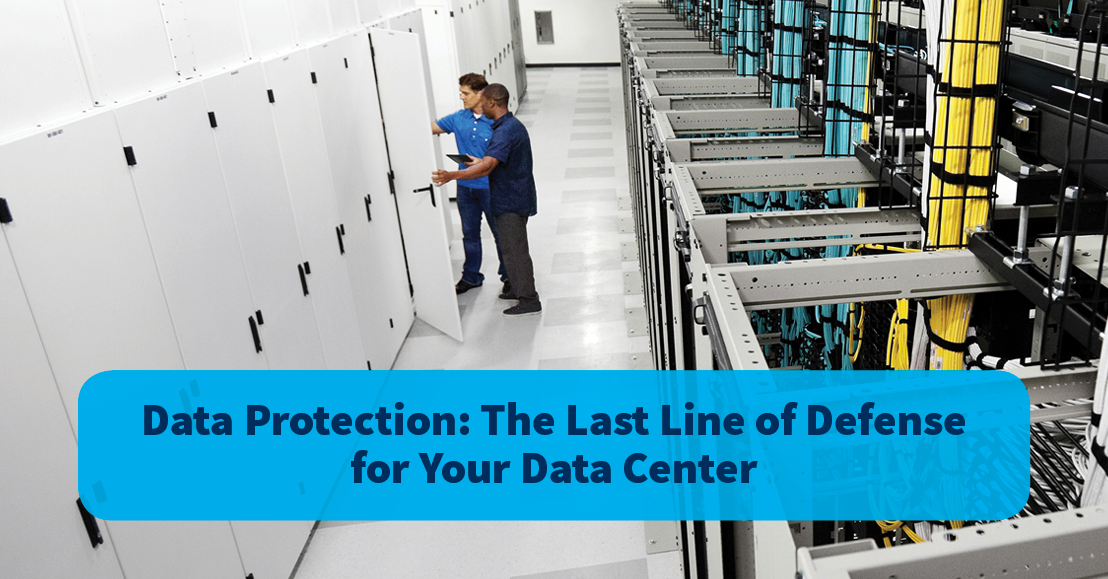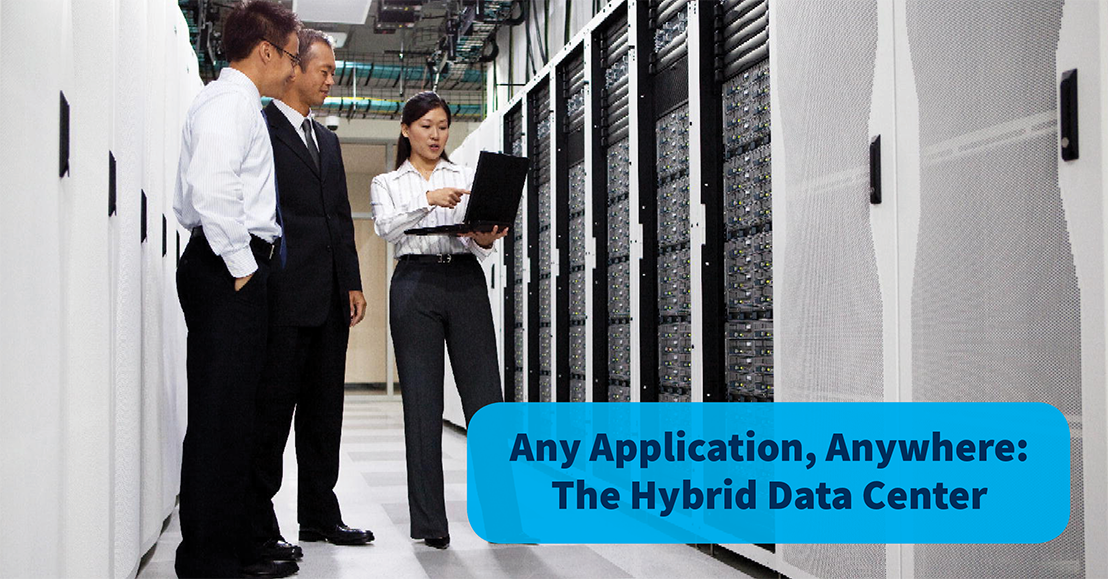Tony Ocampo
Recent Posts
Every time I meet with a customer, there are always several data center concerns that weigh heavily on their minds. For many, it’s the fear that a bad actor that will destroy, steal, or compromise data. Others worry about enduring a site failure that takes down the data center and having to failover to an alternate site, with the hope that everything shifts without a hitch while under a lot of stress. Many wonder if they can recover data in a real-time human error event. Others have a simpler question: Will my systems perform to the demands of the business?
Read MoreTopics: Cloud, Data Center, Cyber Recovery
Organizations today have a multi-cloud presence. By that, I mean that on-premises data centers are no longer the standard in IT. Businesses require application mobility to meet the ever-increasing demand for data and information at light speeds, and thus it is very typical for an organization to have several deployments of multi-cloud data centers to fit these demands and needs. Software as a Service, Infrastructure as a Service, Unified Communications as a Service, Edge, and IoT Computing are just a few of the potential multi-cloud deployments, on top of the on-premises and co-located data centers in different regions and geo-locations.
Read MoreTopics: Cloud, Security, Cyber Security, Data Protection, Cyber Recovery
Should the dreaded day that your organization suffers a ransomware attack arrive, the severity of the damage could vary from a simple file system encryption to a total lockout. Depending upon the misfortune your IT team is dealt with, the recovery process could possibly consist of a total wipe of the servers, storage, backups, especially critical systems, logical configurations, and property. The most difficult thing to swallow is when you thought you had everything covered in your disaster recovery or backup systems—only to find out the opposite is true.
Read MoreTopics: Data Center, Cyber Recovery
Performance, Capacity, Scalability, Availability, Security, and Recoverability: These are all pillars of a multi-cloud data center strategy. In the past, applications were dependent on the on-premises data center infrastructure. “What you see is what you get” was pretty much how application developers had to deal with it. Today, the business dictates how an organization deploys data center resources to support an application. For a commercial business, the desire is for the application to generate significantly large amounts of data traffic that translates into revenue. For the public sector, it’s about getting information to and from the community at a rapid pace.
Read MoreTopics: Cloud, Data Center
I recently had a meaningful conversation with a customer as we spoke of a three-year plan to move “everything” into the cloud. I hear this statement over and over again, and it always brings visions to my mind of jumping into the deep end of the pool without knowing how to swim. For most, the perception is that the cloud provides a robust data center for multiple use cases—anywhere from dev, test, disaster recovery, and, of course, production workloads. Organizations look to the cloud as a way to solve their challenges in operating on-premises primary, secondary, or multi-tier data centers. I certainly agree with that mindset. Cloud would not be a multibillion-dollar business today if it wasn’t ready for primetime.
Read MoreTopics: Cloud, Data Center
With all the talk about ransomware and cybersecurity breaches, many have wondered – what data protection strategy should I be deploying? How can I ensure that I have another copy of my data that is isolated (and by isolated, I mean that if ransomware does crypto-lock my data, I can go to my “safe deposit box” and restore my data center)? Ironically, we have been preaching to our customers over the last few years that tape is dead and should be replaced with disk-based backup storage or cloud repositories for long-term retention. Now I have to face those same customers and tell them that the best way to airgap their data is to archive their backups to tape. Yes, it sounds old school, but it is the best way to remain protected from all the modern threats to your data.
Read MoreTopics: Data Center, Data Protection
Recently, I read an article that an organization gets hit by ransomware every 14 seconds. In 2021, it is expected that it will be every 11 seconds. That is a very sobering statistic. Consequently, there is not one day in the life of an IT person that the subject of ransomware goes unmentioned or undiscussed. Today alone, I had two meetings with customers who wanted to talk about Cyber Recovery. In both meetings, I could hear the worried tone in the customers’ voices as they asked questions about Cyber Recovery solutions.
Read MoreTopics: Data Center
Just recently, one of my customers—a large K-12 School District—was hit by a major ransomware breach. Just how major was it? The breach was so major that the whole (and I really mean the WHOLE) data center was inoperable. Primary data and backup data was encrypted beyond usability. Management systems of production devices and the backup application systems were compromised beyond recoverability. Active Directory and authentication capabilities were locked out. The result was that the data center became a bunch of bare-metal hardware with blinking lights.
Read MoreTopics: Data Center
Every morning when I get up, there are a series of apps that I fire up to gather my daily dose of information that fuels my personal, financial, and work life. In this day and age, I need to access the data on my mobile device/smartphone or PC anywhere and at any time. For all practical purposes, I really don’t care how that information is processed behind the scenes.
Isn’t that typical of how we consume information in today’s digital transformation age? Being a technical person, I do understand how this information is produced and delivered, but most of us just want the information when we demand it – we don’t care about how it gets to us. That is, until our business is the one that must provide the data to consumers, who demand convenient access to it at all times. So, how does data get delivered to consumers’ devices of choice?
Read MoreTopics: Data Center
Recently, I have been talking to many customers about data center resiliency as part of ConvergeOne’s Data Center Foundation Workshops. Before beginning an implementation, it’s important to know where customers are at, so I start by asking them if they would be able to recover from a data center failure in their current state.
Read MoreTopics: Data Center


